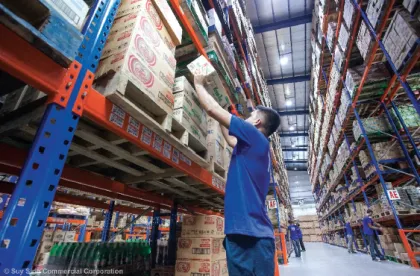
Logistics & supply chain operators thrive and survive in the Philippines
Transporting goods in a country has its challenges — one has to deal not only with geography issues, but stiff competitions as well. So how do logistics and supply chain operators thrive and survive? Tina Arceo-Dumlao finds the answer.
Being an archipelago like the Philippines has its distinct advantages — abundant marine resources and ethnic as well as geological diversity among them. But it also comes with significant drawbacks, especially when it comes to logistics and supply chain management.
As the Philippines comprises more than 7,100 islands, transport of goods automatically becomes more expensive compared to if the country were a contiguous mass such as the US or China.
This is more so because of strained infrastructure, which means that seaports, airports as well as main thoroughfares are clogged almost 24 hours a day.
Delays mean lost opportunities and a thinned bottom line, which logistics companies such as Suy Sing Commercial, the country’s largest onestop grocery distribution company, know painfully well and have no choice but to contend with and overcome to stay in the competitive business.
According to the 70-year-old logistics company, which consolidates fast-moving consumer goods from more than 300 local and multinational manufacturers, and distributes them to some 15,000 independent supermarkets, mini-marts, groceries, drug stores, bake shops across the country, challenges have decidedly become more daunting over the past few years.
With the economy growing at a fast clip, 6.9% in the first quarter of this year alone, demand for goods has also increased, putting a harsh spotlight on realities such as high inter-island shipping costs and trucking expenses as goods are transported across towns, cities and provinces.
Tina Tan, president of Suy Sing, also cites the fact that some cities, towns and cities require distribution trucks to purchase entry stickers, which normally cost around Php700 (US$15)-Php800 per locality per year.
Multiplied across different cities and towns along the route and the cost can become significant. Then, there are issues such as congestion at the ports, which means less turnaround trips for the vehicles.
Tan also emphasises the peculiar need of the Philippine retail scene for more frequent delivery but at smaller lot sizes, often with just a 24-hour order notice.
This is also in response to the retailers’ need to address squeezed profit margins by reducing inventory cost, as well as the fact that the retail scene is still dominated by mom-andpop or variety stores.
According to Tan, all of these peculiarities and realities mean that logistics have a serious impact on operating costs, accounting for as much as 28%. Over the past 70 years, Suy Sing has become an expert at managing these costs, providing a vital service to its growing legion of customers.
Tan says that to keep costs downs, Suy Sing has invested in technological innovations such as warehouse management systems to ease turnaround and ensure that the right products are brought in and delivered, as well as GPS trackers in trucks to find the best route and make sure that they are going where they are supposed to.
Suy Sing has also fortunately been able to put in place an ecosystem over seven decades that has allowed it to have economies of scale, thus enabling it to share any cost savings with its customers.
Nevertheless, Tan says there remain weak links, particularly in the trucking part of the logistics business.
“We have few professional trucking companies in the country. Most thirdparty forwarders are entrepreneurs with a small fleet. But we provide technologies to manage their fleet and personnel. In some instances, we may help with financing. Our aim is for them to have a viable trucking business so we can provide timely deliveries to our customers,” Tan says.
These are just among the serious and carefully planned steps that Suy Sing takes to be a productive and effective partner of its customers. It understands that if done well, its service can contribute directly to
raising the clients’ profit margins.
“All of our marketing and sales efforts are useless if we cannot fulfil orders on time and completely. Ready availability of stocks, where and when the customers need them, at the least possible cost — this service will differentiate us from competitors,” Tan says. “Suy Sing is both the suppliers’ and grocers’ solution to all of these logistics issues.”
Philippine Seven, the local licensee of the 7-Eleven convenience stores, grapples with the same logistics problems, especially with the robust expansion that it wants to undertake to leverage the increasing spending power of Filipinos.
To respond to these challenges, Philippine Seven Procurement Division’s head, Ed Bataclan, says the listed company has invested in the establishment of operating warehouses in different islands to service its growing network of stores.
Bataclan says sending products to the warehouses in the islands can be daunting, however, due to the complexities of shipment and travel time from Manila, which averages around seven to 14 days. Even more of a challenge is moving items that have a limited shelf life, such as fresh food, dairy and refrigerated products.
“These require better understanding of handling complexities of cost,” says Bataclan. This also means regular business reviews with its partners, from the manufacturers to the store operators to see where they can leverage individual strengths and share in the cost of logistics.
“We have to study the best way to deliver and implement the most effective and efficient strategy to optimise service to stores at lowest logistics cost,” Bataclan says.
Bataclan stresses that logistics and supply chain management cannot be taken for granted and can indeed make or break the company as the branches rely on constant deliveries of goods from a warehouse that are meant to serve specified stores.
So far, Philippine Seven has been able to overcome these challenges, having been able to breach the Php1- billion net profit mark in 2015, with its network growing to 1,602 at the end of last year from 1,282 in 2014. There were 337 new stores added against 17 closures during the year.







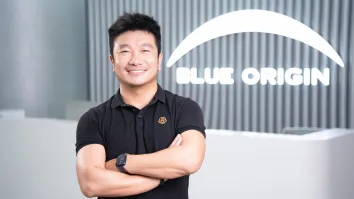


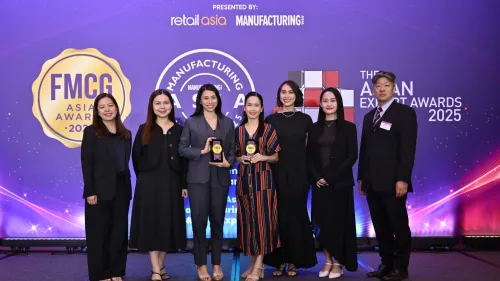
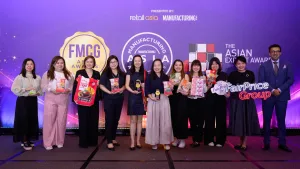
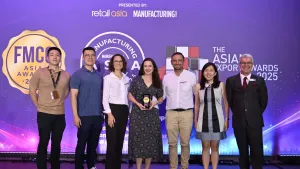





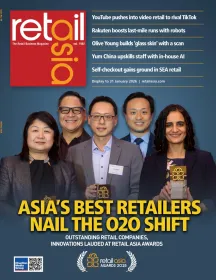
 Advertise
Advertise







